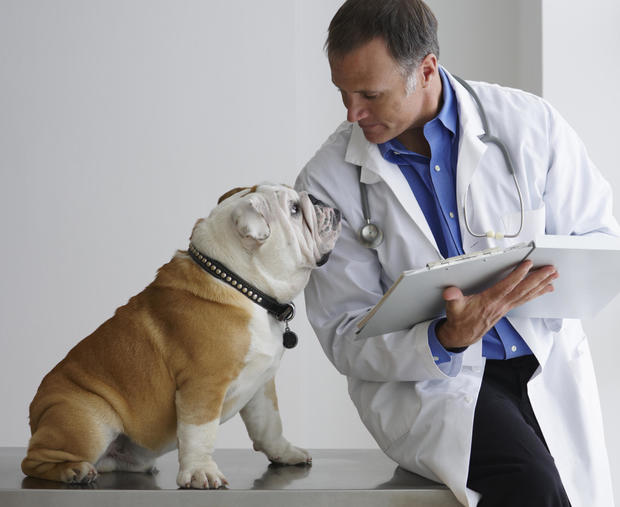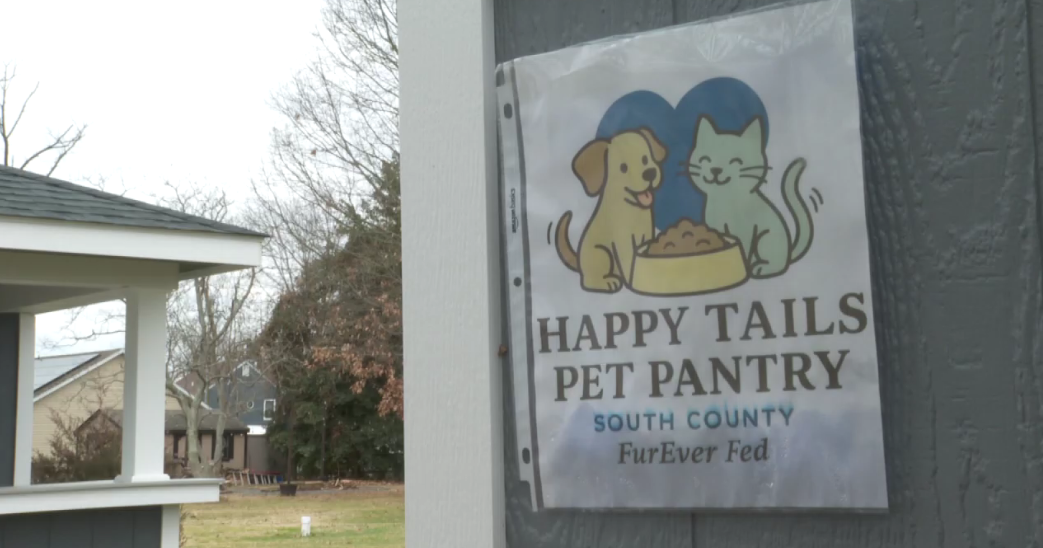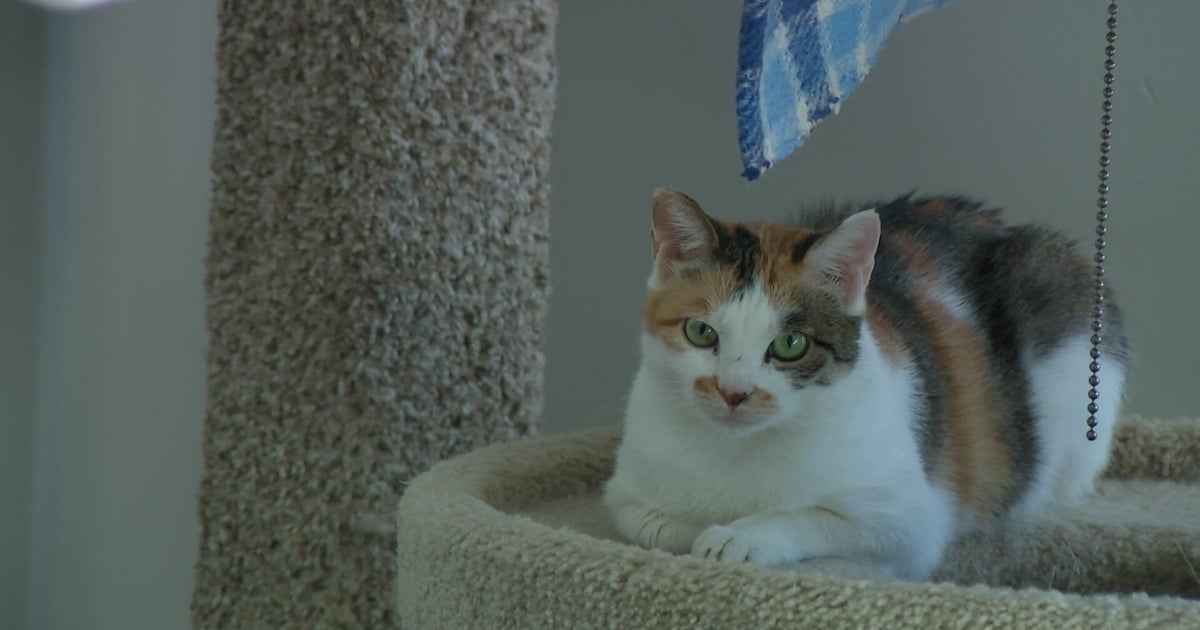Pet insurance dos and don'ts owners should know
Pet insurance, like traditional forms of insurance, provides protection for your dog or cat in case of an emergency, sickness or accident.
For a modest fee each month (around $30-$70 per month for a dog and under $40 for cats) owners can rest easy knowing that their animal is covered - and that if an urgent issue should arise they'll have the financial support to get through it.
The value of pet insurance is clear. But that doesn't mean there aren't some items owners who have an insurance plan - or those considering one - shouldn't know. Below we'll break down a few dos and don't for pet insurance so that owners can maximize the benefits and save money in the process.
If you're considering pet insurance then speak to an insurance agent today. They can answer any questions you may have and provide a free quote.
Pet insurance dos and don'ts
Here are three dos and three don'ts owners should understand about pet insurance.
Pet insurance dos
Do start early: Pet insurance, like traditional life insurance for humans, favors the young. The younger (and healthier) your pet is the less you will have to pay for premiums. Older pets are more likely to get sick and require more routine care and that will come with a larger price tag. So, if you want to save money, get started now to get the best rate possible.
Do shop around: As is the case with many other financial products, it pays to shop around to get the best rates and coverage. Just make sure you're doing an apples-to-apples comparison. So, if you get a quote for a 1-year-old, 50-pound dog, then get a quote for the same age, weight and breed type from a second and third provider, too. This will ensure that you have an accurate estimate to evaluate. Compare your options by using the table below.
Do speak to your vet: Your veterinarian is well-versed in the health of your pet - and the health issues of the breed. Utilize their expertise by asking them about pet insurance. What kind of coverage do they recommend? What should you get covered for? What can you skip? Your vet can help you tailor your coverage so that it works for you and your pet. This way you don't end up paying for coverage you won't need.
Pet insurance don'ts
Don't expect pre-existing conditions to be covered: Pet insurance, unlike health insurance for humans, discriminates against those with pre-existing conditions. In fact, your pet may be turned down for insurance coverage if their pre-existing conditions are known - leaving you with a bill to pay out of pocket. So don't sign up with a provider later in the pet's life assuming their existing medical issues will be covered because they probably won't be.
Get a price quote today so you know exactly what you'll pay for your pet and breed.
Don't expect all breeds to cost the same: Sure, you may find Frenchies to be cuter than other dogs but you'll pay for the difference. There are certain breeds that are predisposed to medical ailments. A German Shepherd is more likely to need a medical procedure for hip dysplasia than most other breeds, for example. English bulldogs and similar dog types are prone to suffer from Brachycephalic Airway Obstruction Syndrome (BAOS). If you want to get a reasonable insurance rate then try to steer clear of these breeds.
Don't expect visits to get covered on the spot: As mentioned, pet insurance doesn't work like regular health insurance for humans. So don't expect your vet visit to be covered on the same day. With pet insurance, you're expected to pay for services after they've been completed in the office. Your insurance company will then reimburse you after you've filed a claim and it's been approved. So remember to bring your wallet when going to the vet.
The bottom line
Pet insurance provides cost-effective and reliable protection for cats and dogs. Like all financial planning, however, it pays to do your research so that you can build a policy that works best for you. Speak to a pet insurance pro today to get started.






